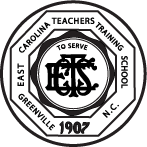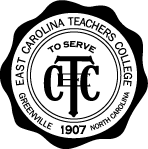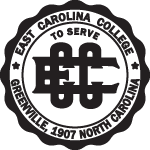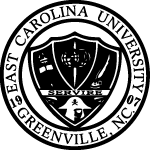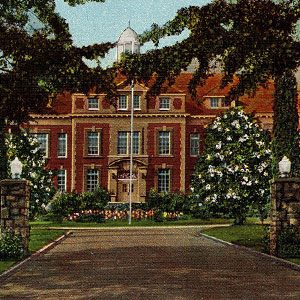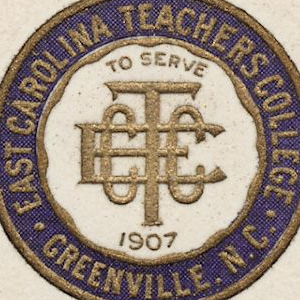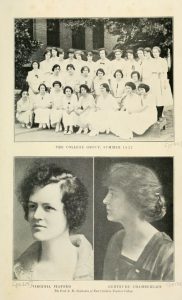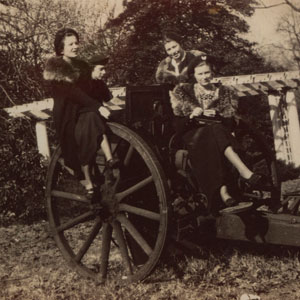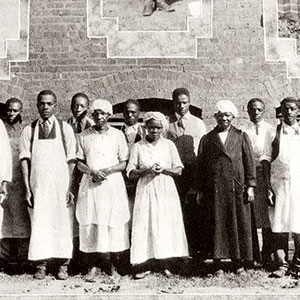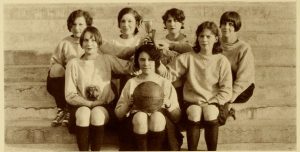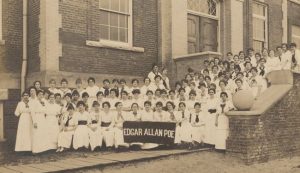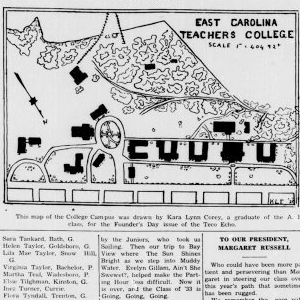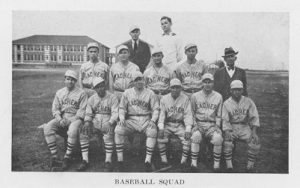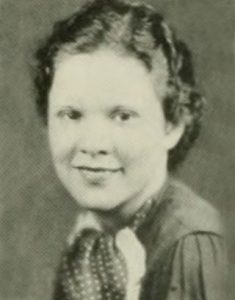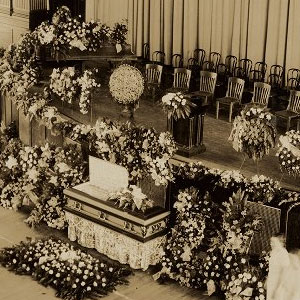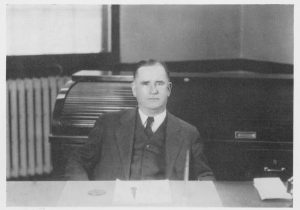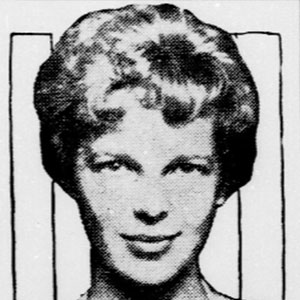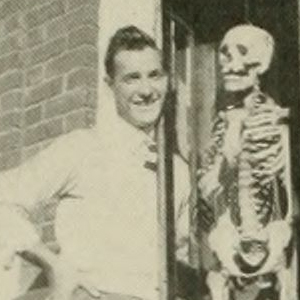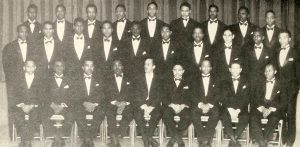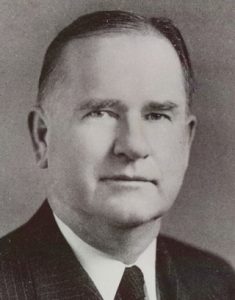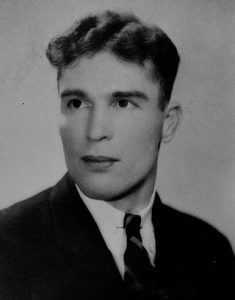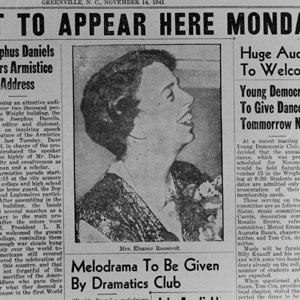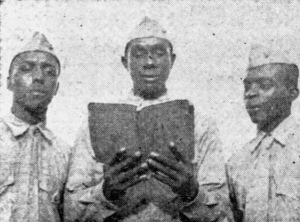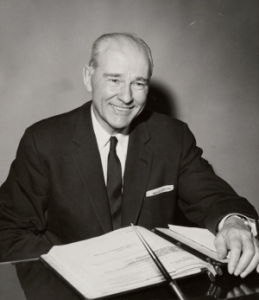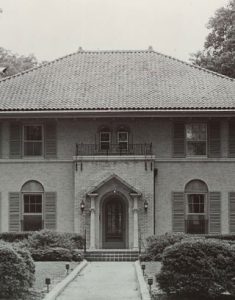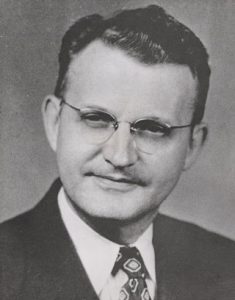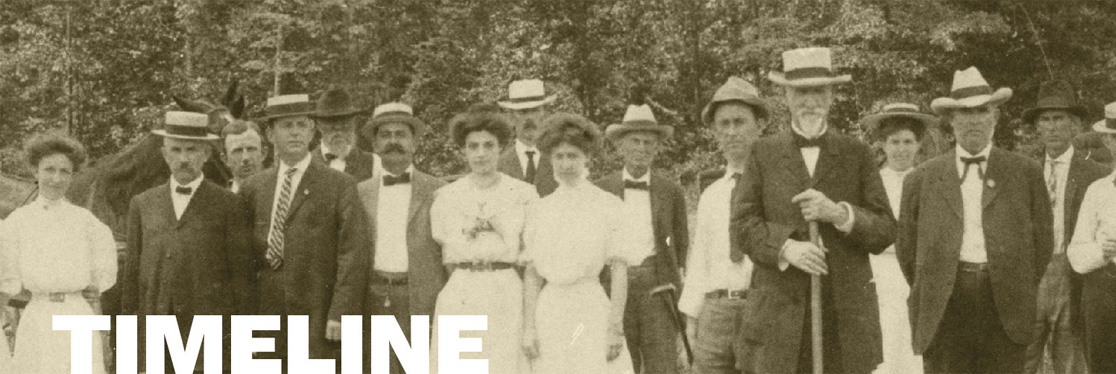
Tracing monumental figures and events
ECTCEast Carolina Teachers College
Following World War I, educators nationwide pushed for improvements in the schools and more rigorous standards in teacher certification. In North Carolina, this push impacted East Carolina, by then one of its leading teacher training institutions. Read more…
1921 was a landmark year for state finances. That year, the legislature approved a state income tax. Increased revenues were devoted to roads and education. For East Carolina, explosive campus growth resulted, led by the founding president, Robert Wright. Campus size doubled with a succession of new buildings, including three residence halls [later named Fleming, Ragsdale, and Cotten] (1922, 1923, 1925); a library [Whichard] (1923); a social and religious building [Wright] (1925); and a new classroom building [Graham] (1929).
This dynamic era ended in 1934 with the sudden death of President Wright. Students, faculty, staff, and the community all mourned his passing. Eulogies from educational leaders poured in, remembering Wright’s contributions to the school and the larger educational community.
Wright’s successor, Dr. Leon Meadows struggled as he led the school through the depression and then World War II. Along the way, male enrollment picked up. Men’s athletic programs began, and the Pirate identity crystalized. One classroom building [later, Flanagan] (1939), was built, extending the campus southeastward. While East Carolina was becoming more coeducational, Jim Crow segregation remained unquestioned by the state’s educational leaders.
Meadow’s presidency ended in scandal following revelations that he misused student funds. Indictment, lengthy criminal proceedings, a mistrial, a retrial, and finally conviction and a prison sentence followed. The scandal was masked by coincidence with the end of World War II, but nevertheless was a blow to the institution.
After the war, the GI Bill, providing higher education for veterans, brought major changes to East Carolina. Hundreds of men enrolled in 1946. The following year, gender balance was achieved. The school had become fully coeducational, a state leader in gender equality.
In 1947, Dr. John Messick became president of the teachers college. Messick oversaw construction of an athletic complex on the east end of campus, featuring a football stadium known as College Stadium, a baseball field, and tennis courts. In 1952, a gymnasium was completed, soon named after the late football coach, John Christenbury. He also coordinated land acquisition on what would be called College Hill.

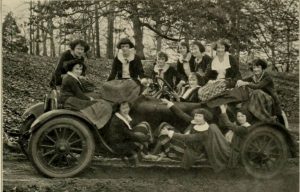
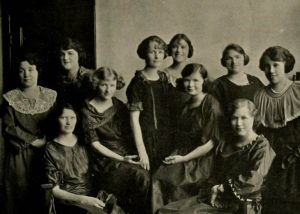
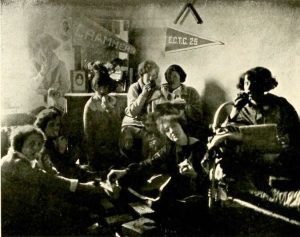

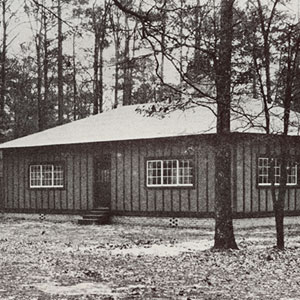
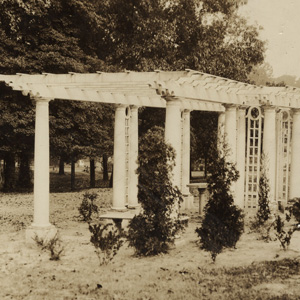

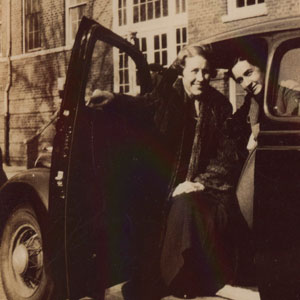
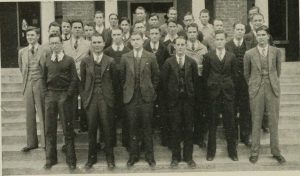
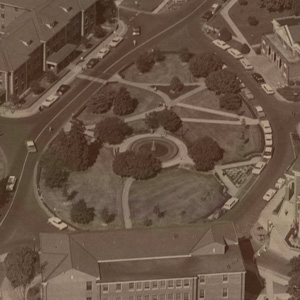
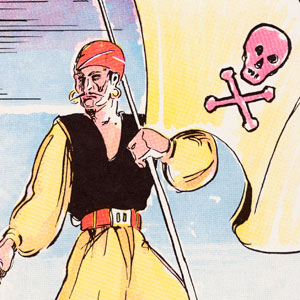
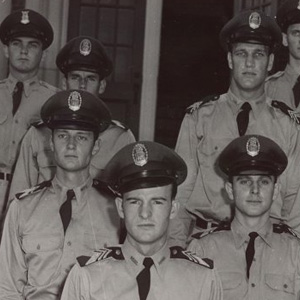
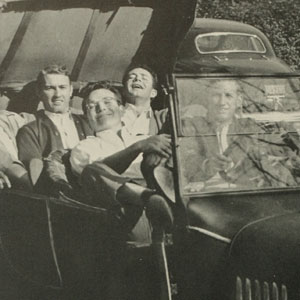
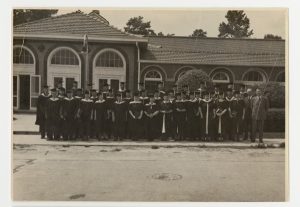
Next: East Carolina Teachers College Campus »
